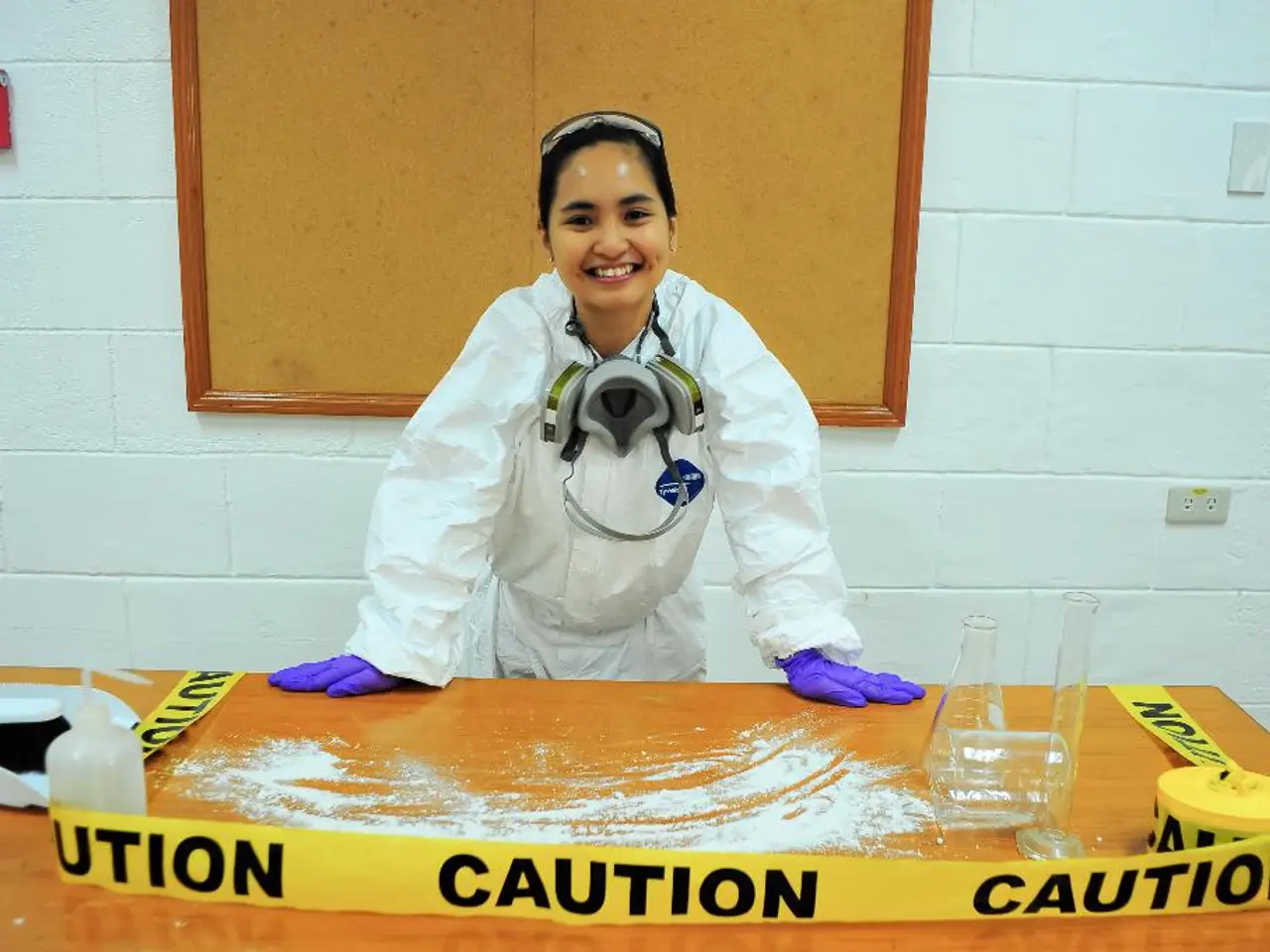Maintaining network connectivity, keeping communication lines open.
In the evolving landscape of work, hybrid environments have become a norm, and understanding the roles of strong and weak ties within these settings is crucial for fostering knowledge sharing and innovation.
Strong ties, typically representing close, frequent, and trusted relationships within teams or organisations, play a vital role in deep knowledge transfer, collaboration on complex tasks, and building trust. These ties support efficient communication and coordination in innovation processes, as they are embedded in rich informal and labour-market transmissions that foster transparency and mutual understanding. In hybrid settings, strong ties help maintain team cohesion and ensure continuity in collaborative work despite physical distance.
On the other hand, weak ties - infrequent, more distant, and less intense relationships often reaching outside one’s immediate circle - are particularly important for bridging geographic and cognitive distances. They connect disparate groups and provide access to novel, diverse, and non-redundant information, enabling exposure to fresh ideas and new perspectives, which are critical drivers of innovation. In the context of hybrid work, weak ties facilitate collaboration across organisational and locational boundaries, fueling creativity and growth by expanding knowledge networks beyond close-knit clusters.
Hybrid work environments rely on a balance between strong and weak ties to optimise knowledge sharing. Strong ties cultivate trust, coordination, and depth in knowledge flows within teams, while weak ties foster breadth, novelty, and cross-boundary information spillovers essential for innovation ecosystems. Trust mediates effective knowledge transfer across these ties, indicating that even weak ties must possess some degree of trust to be truly effective.
In conclusion, strong ties ensure reliable and trustworthy information exchange within close-knit units, while weak ties extend knowledge reach and inject innovative potential by linking diverse groups. This combined leveraging of strong and weak ties is essential in hybrid work environments for sustained innovation and effective knowledge sharing.
Building and maintaining connections and networking, as well as culture, is a key challenge in the new hybrid work environment. Virtual reality technologies offer exciting possibilities for expanding connections beyond the inner circle, while understanding the role of job titles in the digital era is important for defining positions within organisations. The role of video conferencing and virtual platforms in developing and maintaining new connections should be considered, as they help in connecting with weak ties and building stronger relationships, overcoming geographical barriers.
The rise of digital technologies has led to the blurring of boundaries between various functions within organisations, and a proper understanding of strong and weak ties can aid in redesigning the work environment to ensure equal opportunities for both types of ties, regardless of in-person conversations. Weak ties, which are acquaintances one knows but not well enough to converse with on a deep level, are valuable for access to new ideas and creativity. Tacit knowledge, which includes experiential learning, insights gained, mental models, and the way of framing a problem and/or solution, is crucial for the success of a project. However, tacit knowledge sharing has been restricted due to the lack of connections in the hybrid work environment.
The implications of these technologies on network connections are significant for the redesign of future workspaces. The rapid adoption of new technologies enables remote connections and can transform network development and knowledge flow, making hybrid work environments more conducive to innovation and knowledge sharing. Traditional organisations, characterised by a siloed hierarchy, slow-moving decision-making, and goals flowing from top to bottom, may need to adapt to become more agile, networked, and people-oriented to thrive in this new landscape.
- In the context of hybrid work environments, technology plays a crucial role in fostering connections beyond one's immediate circle, thereby nurturing weak ties that bridge geographic and cognitive distances and stimulate innovation.
- As businesses adapt to the digital era, it's essential to understand the importance of weak ties, especially acquaintances, for accessing new ideas and creativity, which are often impeded due to limited connections in hybrid work settings.
- The understanding and balance between strong and weak ties, facilitated by technology, can help redesign hybrid workplaces to optimize productivity, knowledge sharing, and innovation, moving away from traditional, siloed organizational structures.



